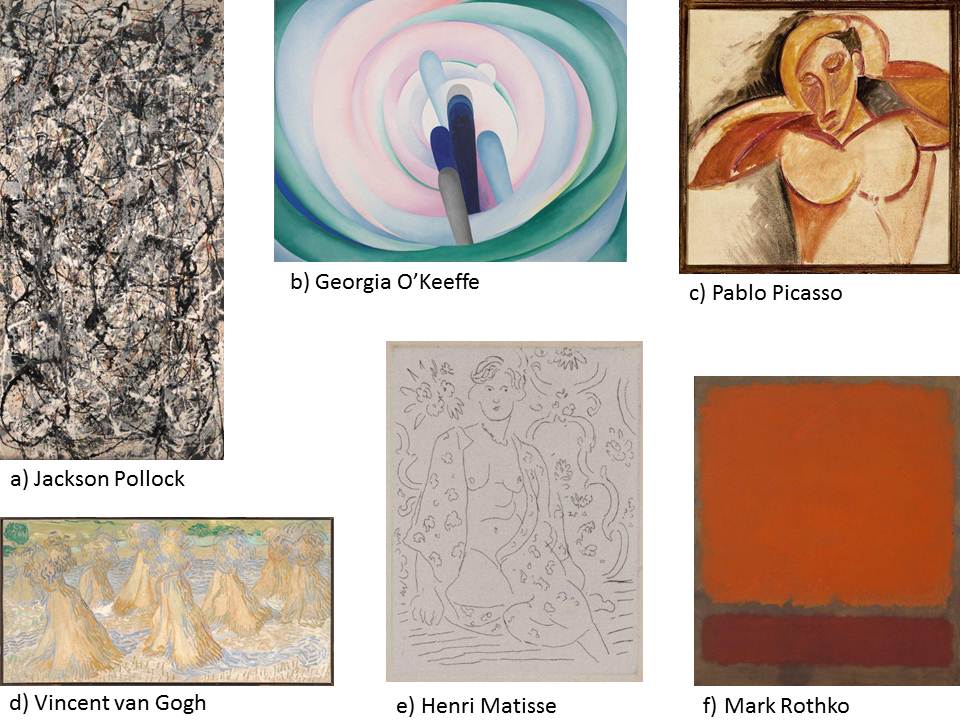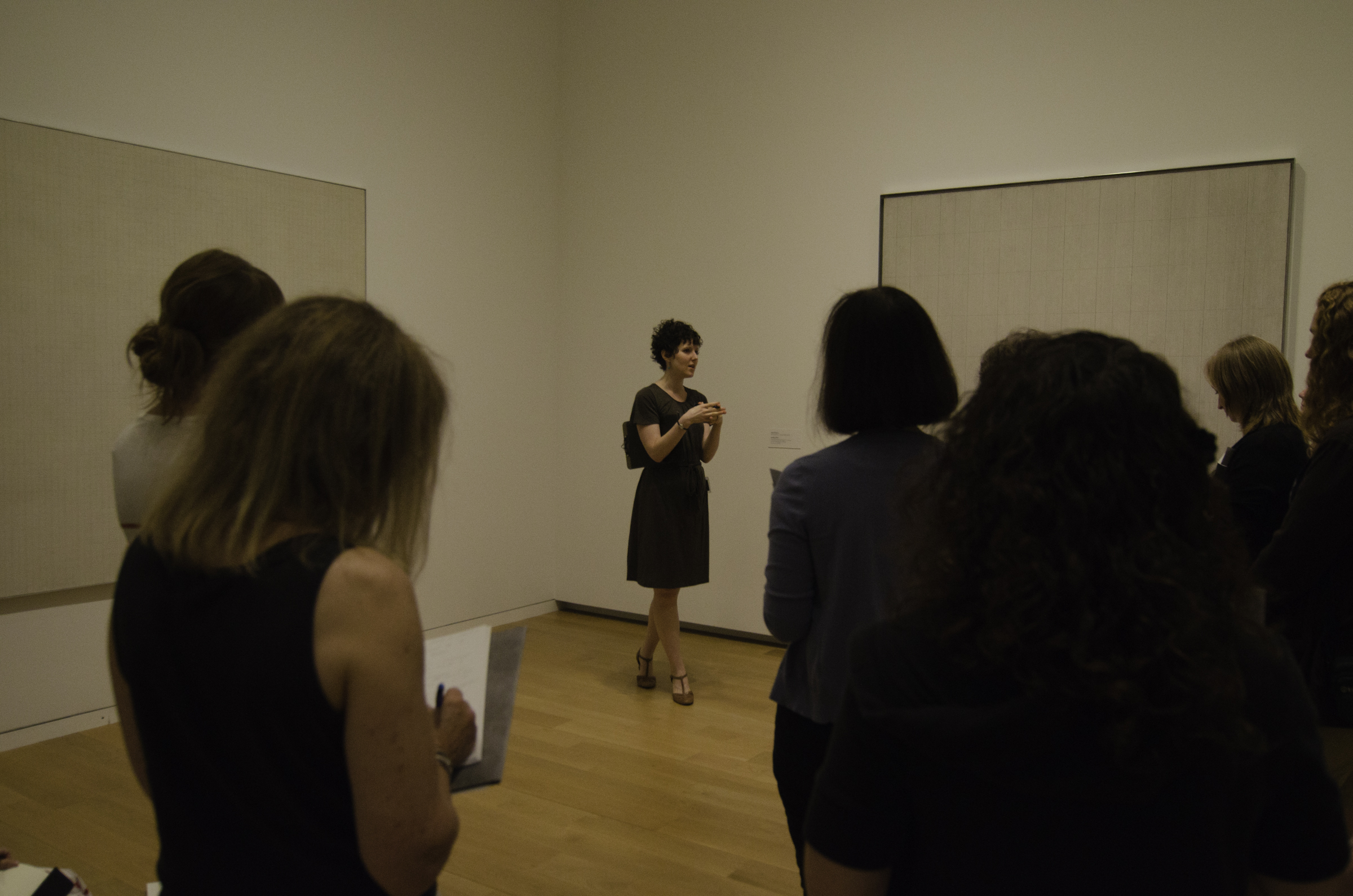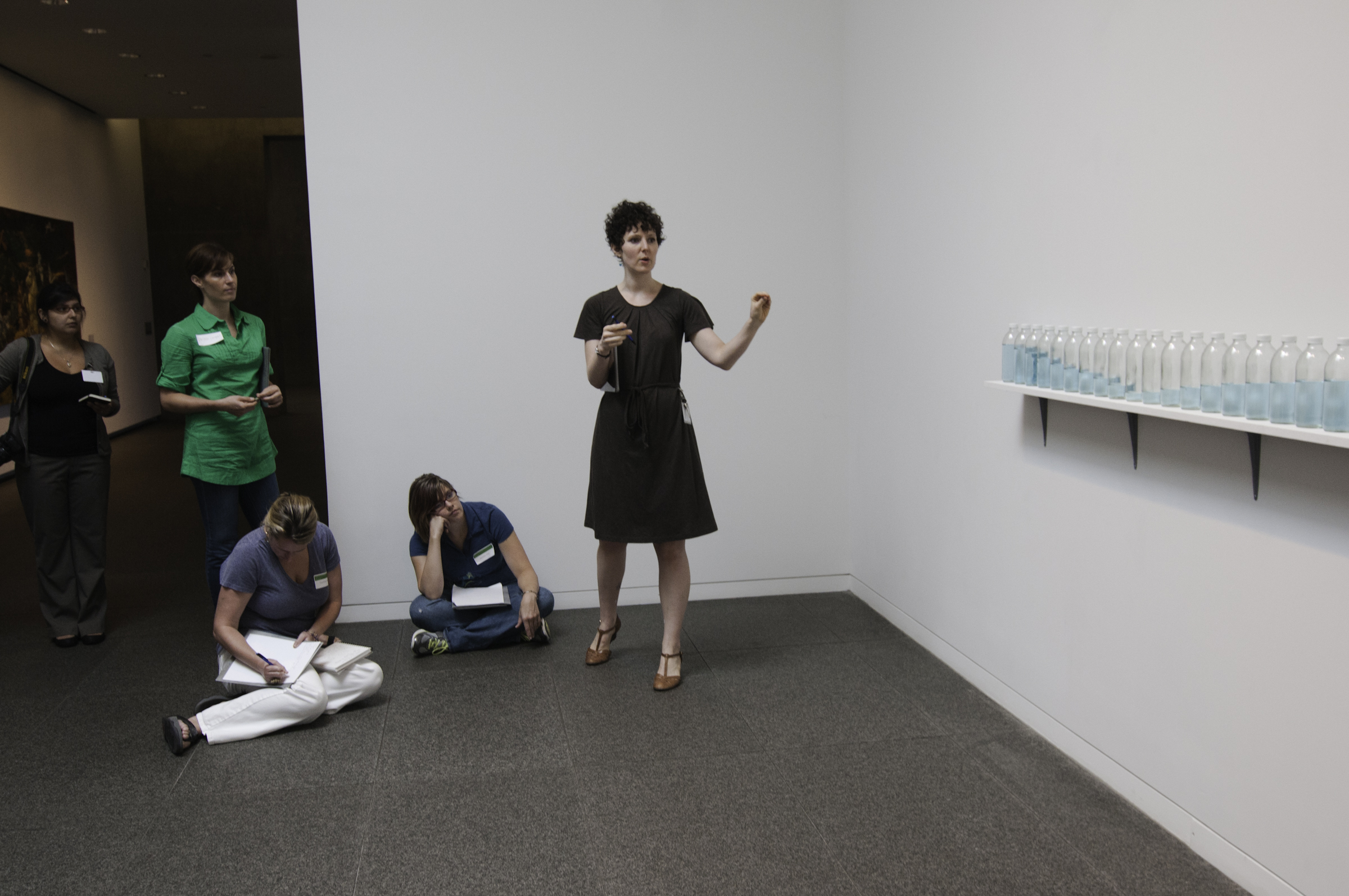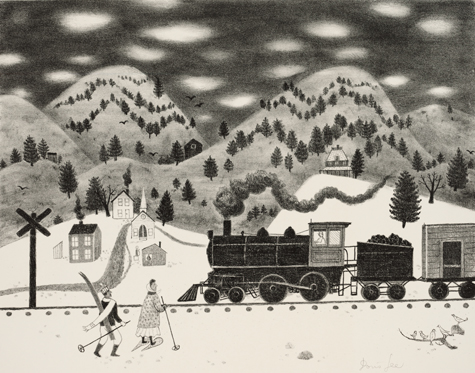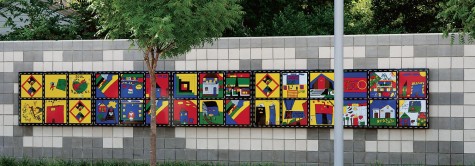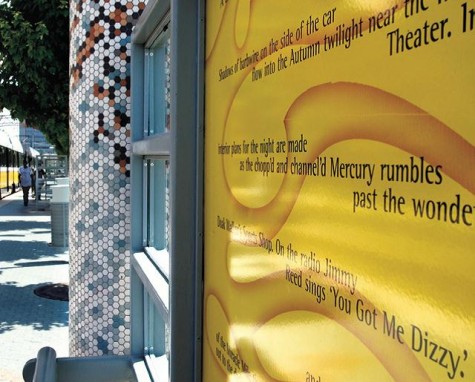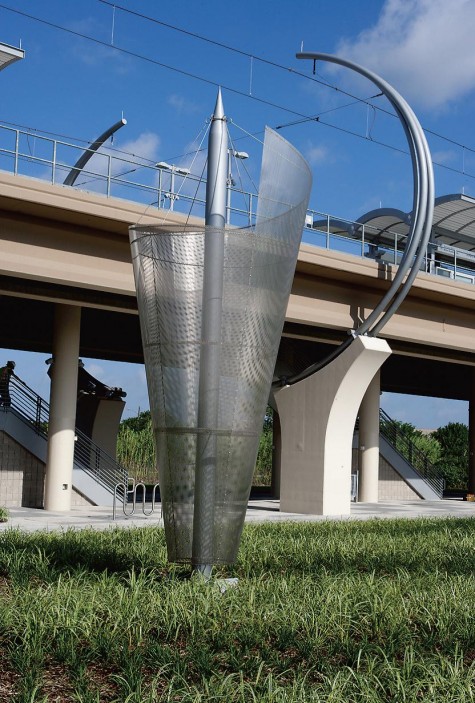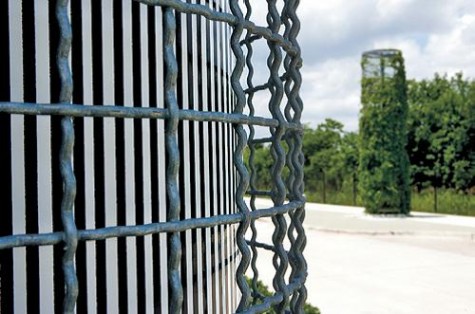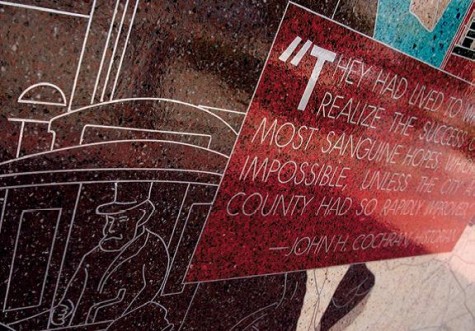A new exhibition opens at the DMA this Sunday, and it’s one I’m looking forward to seeing in person. Mark Manders: Parallel Occurrences/Documented Assignments presents eighteen sculptures by the Dutch artist. Manders is a poet-turned-artist, and his sculptures combine everyday objects (such as teabags and pencils) with items that he creates himself. At first glance, you might assume that his sculptures are made with found objects. In actuality, the busts, tables, and newspapers are objects that Manders constructs. You can see a behind-the-scenes look at the installation of the exhibition on the DMA’s Uncrated blog.
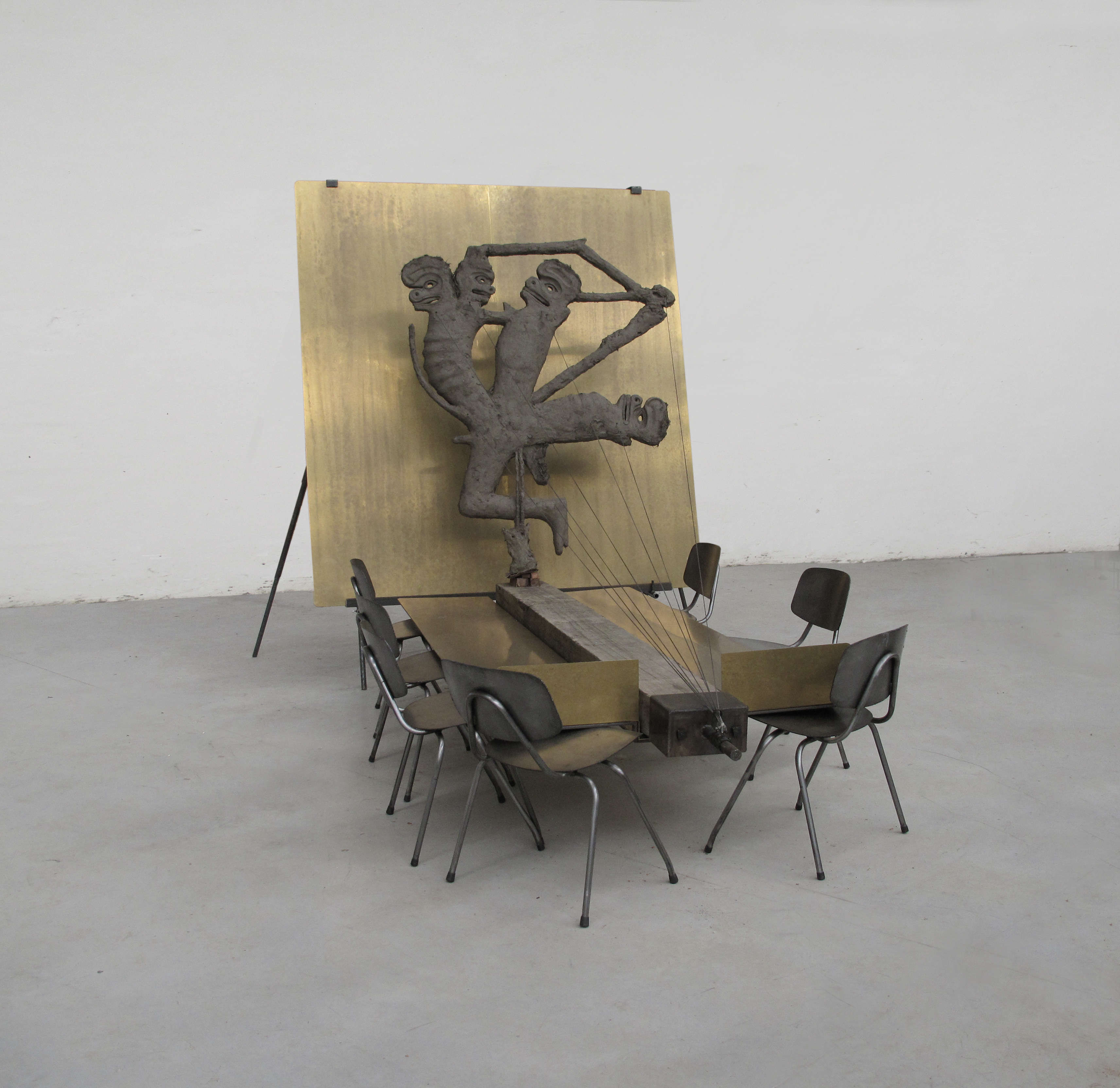
Mark Manders, Anthropological Trophy, 2010. Courtesy of the artist; Tanya Bonakdar Gallery, New York; and Zeno X Gallery, Antwerp
Although the subject matter of the exhibition includes physical sculptures, there are also elements of archaeology, architecture, and literature that can be explored in Manders’s works. One way that we are exploring these different themes is through a Thursday evening program called In Residence. Every Thursday evening through the run of the exhibition (January 15-April 15, 2012), DMA staff members will be available in the exhibition to converse with visitors about Manders’s thought-provoking work and process. On three of these Thursdays, a Perspectives series will be offered. Perspectives will pair a DMA staff member in conversation with scholars from various fields to explore the different perspectives they can shed on the art of Mark Manders. The Perspectives line-up includes:
- February 9: Gregory Warden, archaeologist
- March 22: Farid Matuk, poet
- April 12: Mark Gunderson, architect
Teachers are encouraged to participate in the In Residence and Perspectives conversations to learn more about Mark Manders. Remember: teachers receive free admission to the Museum on Thursday evenings when they show their school ID. I also encourage you to visit Mark Manders’s Web site to explore his works of art and to read about them in his own words.

Mark Manders, Still Life with Books, Table and Fake Newspaper, 2010. Courtesy of the artist; Tanya Bonakdar Gallery, New York, and Zeno X Gallery, Antwerp
I also want to make you aware of the fact that Mark Manders: Parallel Occurrences/Documented Assignments will be the only contemporary art on view at the Museum this spring. Any teachers who request a “Contemporary Art” tour from January through April will be scheduled for a tour of this exhibition. Please keep this in mind when scheduling your visits to the Museum. I hope you and your students enjoy exploring and discussing the sculptures of Mark Manders!
Shannon Karol
Manager of Docent Programs and Gallery Teaching
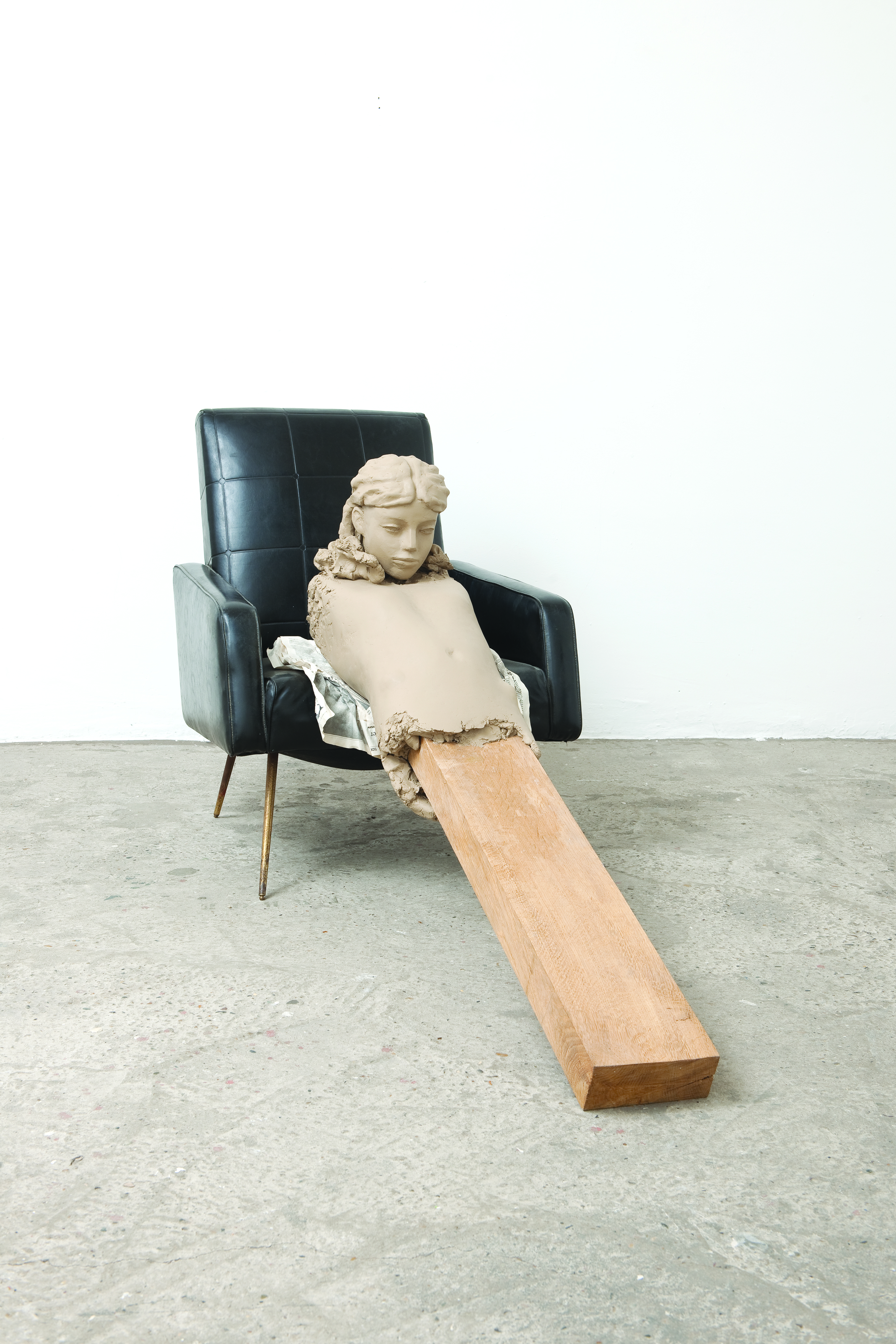
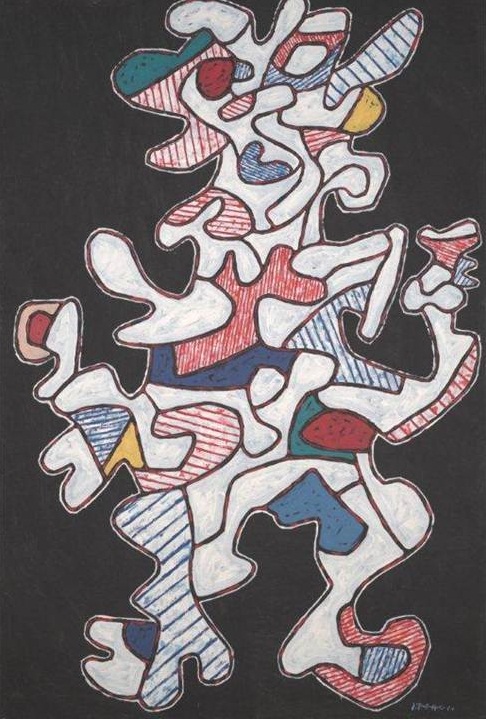
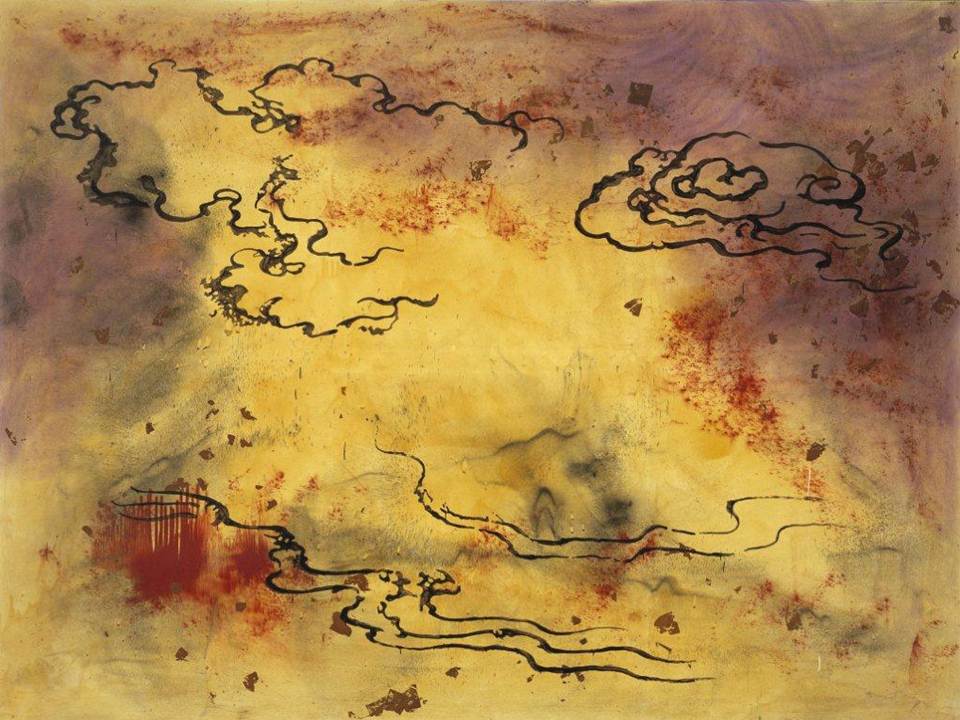
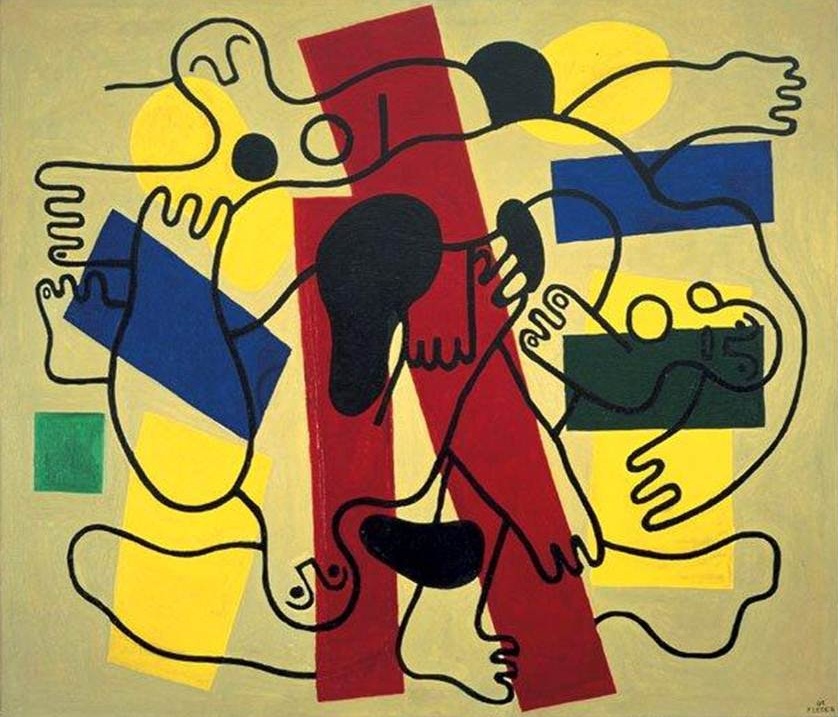
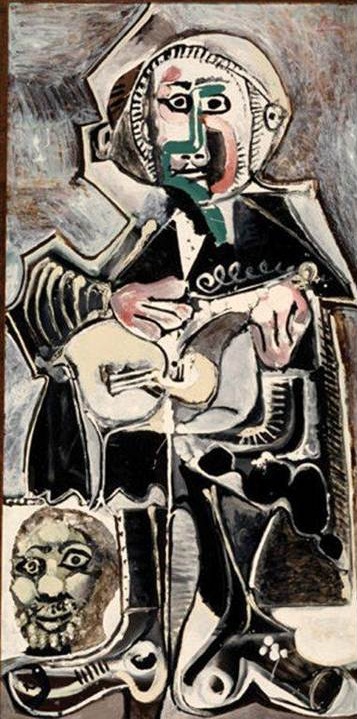
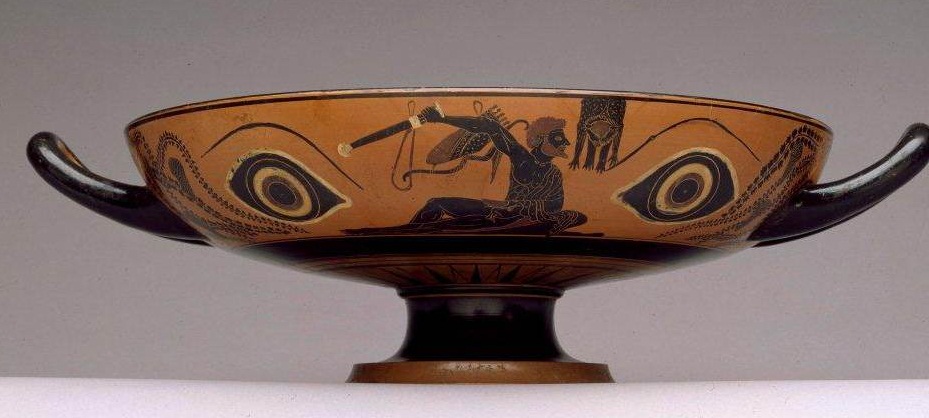
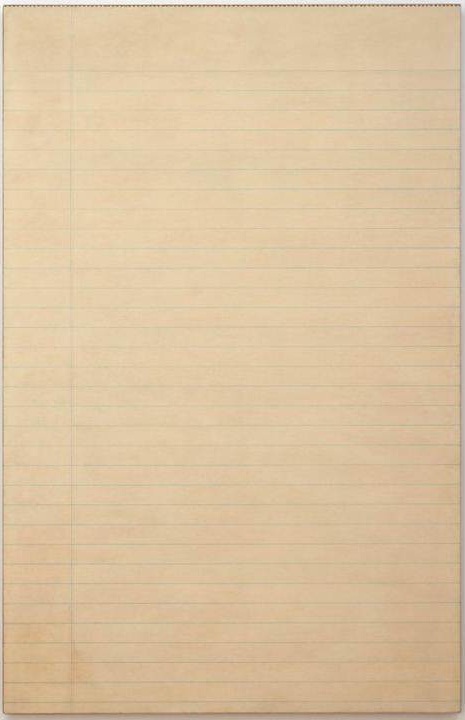
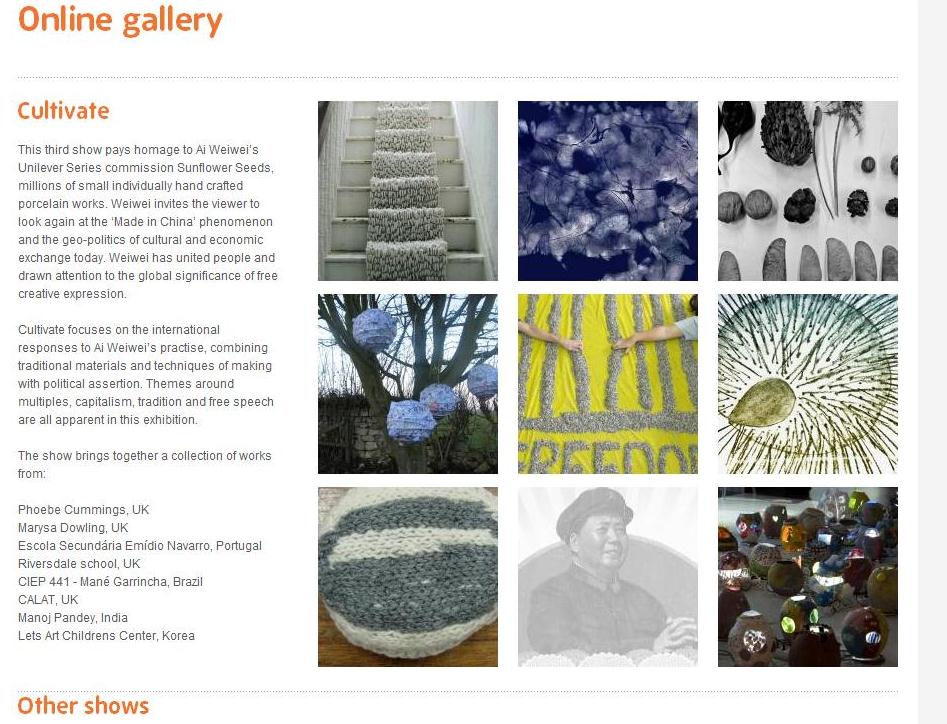
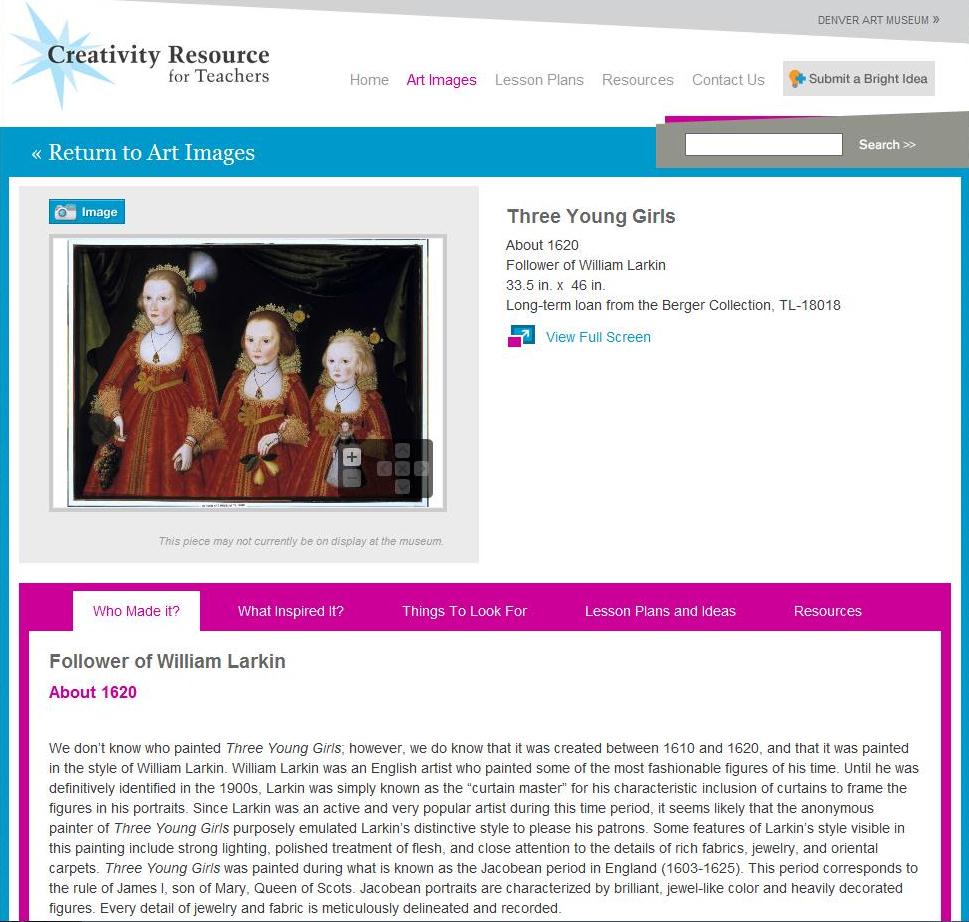
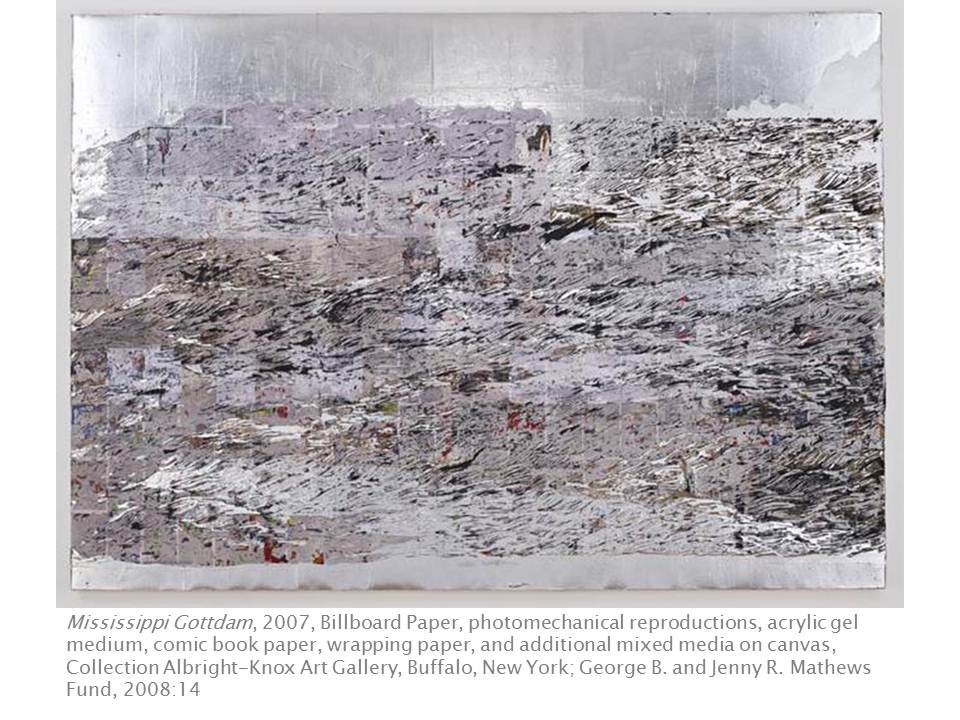

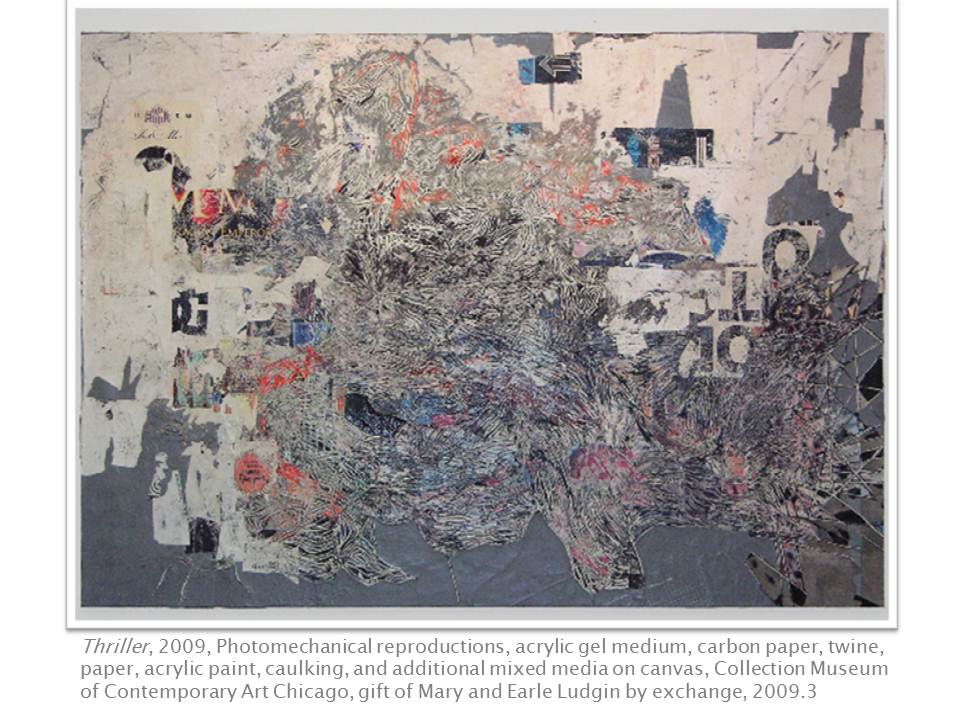
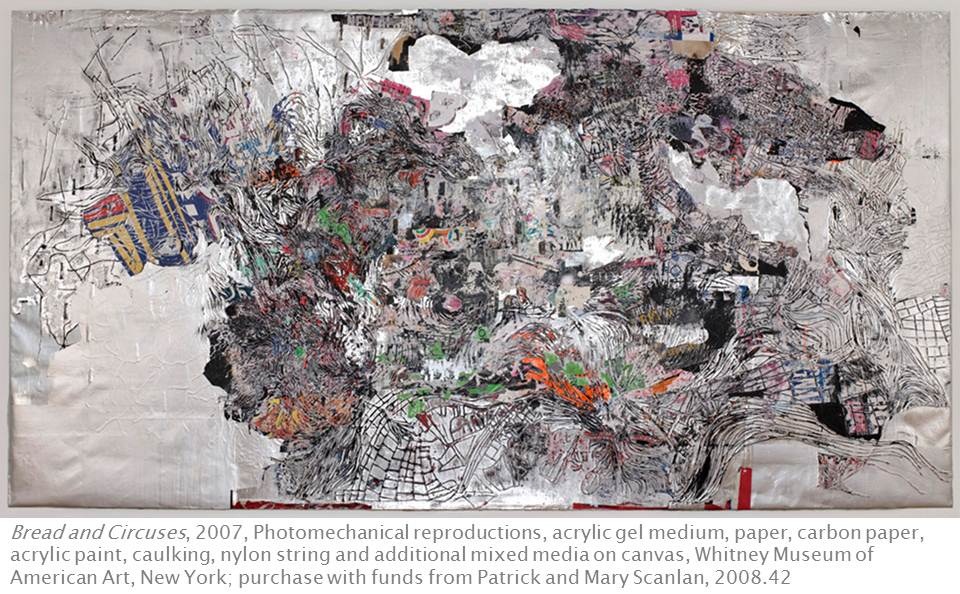
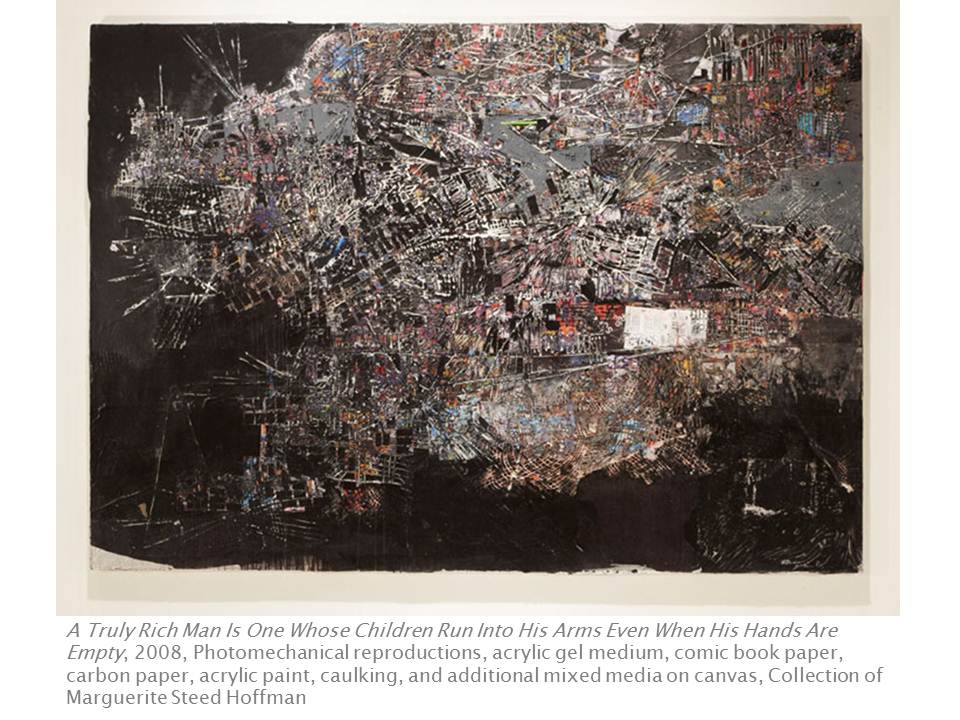
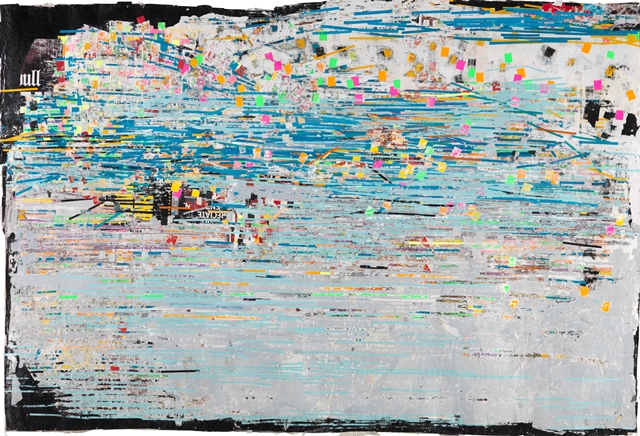
![20090921_wc-bradford_005[1]](https://blog.dma.org/wp-content/uploads/2011/10/20090921_wc-bradford_0051.jpg?w=300)
